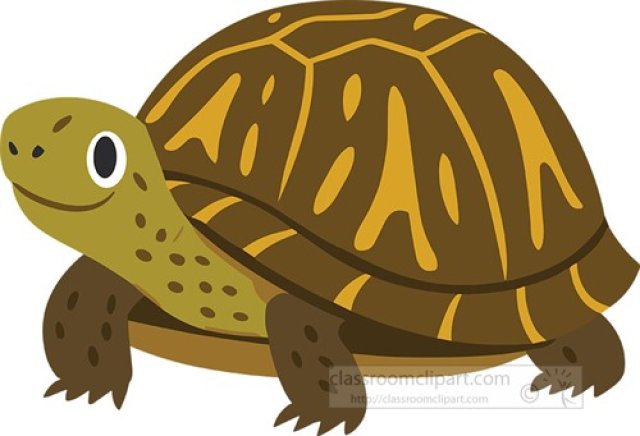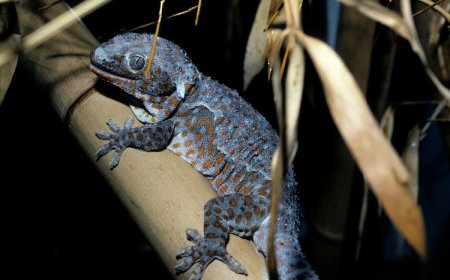Box Turtle Facts for Kids – Land Turtle with a Hinged Shell
Learn about the box turtle, a land-dwelling reptile that can close its shell completely

Box Turtle Facts for Kids – The Land Turtle with a Hinged Shell
Scientific Name and Classification
- Common Name: Box turtle
- Scientific Name: Terrapene carolina (Eastern box turtle – most common species)
- Kingdom: Animalia
- Phylum: Chordata
- Class: Reptilia
- Order: Testudines
- Family: Emydidae
- Genus: Terrapene
- Species: T. carolina
🐢 Introduction
The box turtle is a small land turtle known for its unique hinged shell that allows it to completely close up like a box. It lives in forests, grasslands, and meadows and is famous for its slow movement and long lifespan.
🦎 Appearance
Box turtles have domed shells with colorful yellow, orange, or brown patterns. Their hinged plastron (bottom shell) lets them close themselves inside for protection. They typically measure 4–8 inches (10–20 cm) long.
🌍 Habitat
They live mostly on land in woodlands, grasslands, and near ponds or streams. They need access to both dry areas and moist spots for digging and cooling off.
🍽 Diet
Box turtles are omnivores. They eat insects, worms, snails, berries, mushrooms, and leafy plants. Their diet changes with the seasons and what’s available.
🔄 Life Cycle
Females lay 3–8 eggs in shallow nests in the soil. The eggs hatch after 2–3 months. Box turtles grow slowly and can live for over 40 years in the wild.
🐾 Behavior and Social Structure
Box turtles are solitary and spend much of their time foraging or basking in the sun. When threatened, they retreat fully into their shell. They are slow-moving and do not migrate far from their home range.
🛡 Conservation Status
Many box turtle populations are declining due to habitat loss, road deaths, and illegal pet trade. In some areas, they are protected by law.
🎭 Cultural Significance
In some Native American cultures, turtles, including box turtles, symbolize patience, protection, and endurance.
✨ Fun Facts
- Box turtles can completely close their shell for protection.
- They have homing instincts and often stay within a small home range.
- Some can live for more than 100 years in captivity.
- They are active mostly during warm, wet weather.
📌 Key Takeaways
- Small land turtle with a hinged shell.
- Omnivorous diet of plants and animals.
- Long-lived, sometimes over 40 years.
- Threatened by habitat loss and pet trade.
- Symbol of patience and protection in some cultures.
🐾 Kid-Friendly Summary
Box turtles are small land turtles that can close up like a box to protect themselves. They eat plants and insects and can live for many years. They need safe habitats to survive.
📚 Vocabulary Words
- Hinged shell – A shell with a joint that allows movement.
- Plastron – The bottom part of a turtle’s shell.
- Omnivore – An animal that eats both plants and animals.
- Forage – To search for food.
- Habitat – The natural home of an animal.
- Endurance – The ability to keep going for a long time.
- Captivity – Living under human care.
- Decline – A decrease in numbers or strength.
🧠 Interactive Quiz: Test Your Box Turtle Knowledge
- What is special about a box turtle’s shell?
- A. It is very soft
- B. It can be removed
- C. It can close completely
- D. It changes color
- What do box turtles eat?
- A. Only plants
- B. Only insects
- C. Plants and animals
- D. Only water plants
- True or False: Box turtles migrate long distances.
- True
- False
- How long can box turtles live in the wild?
- A. 5 years
- B. 15 years
- C. Over 40 years
- D. Over 100 years
- What is one major threat to box turtles?
- A. Predators only
- B. Habitat loss and road accidents
- C. Too much rain
- D. Lack of food




















































